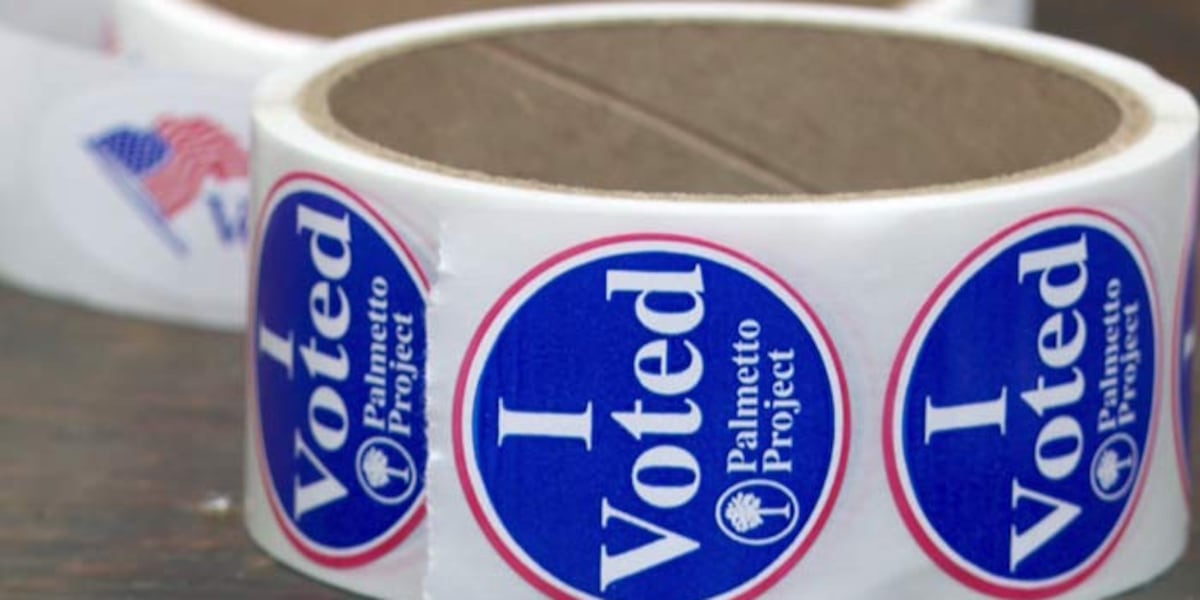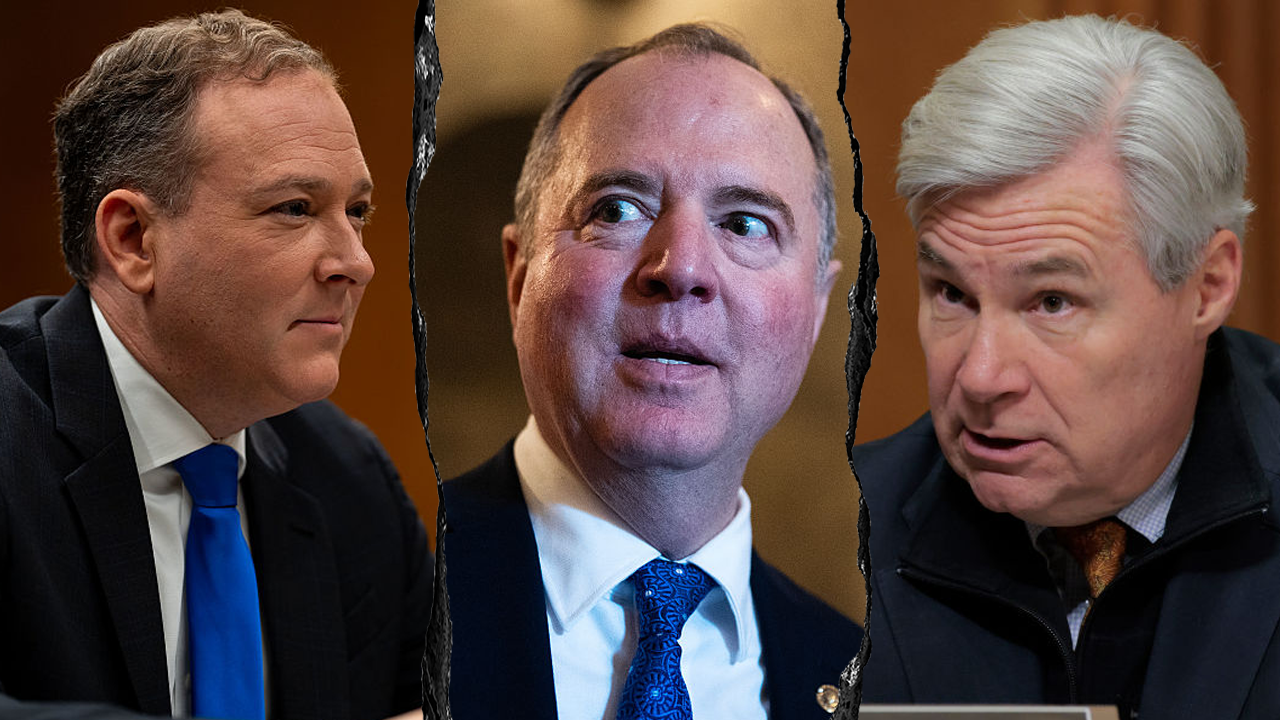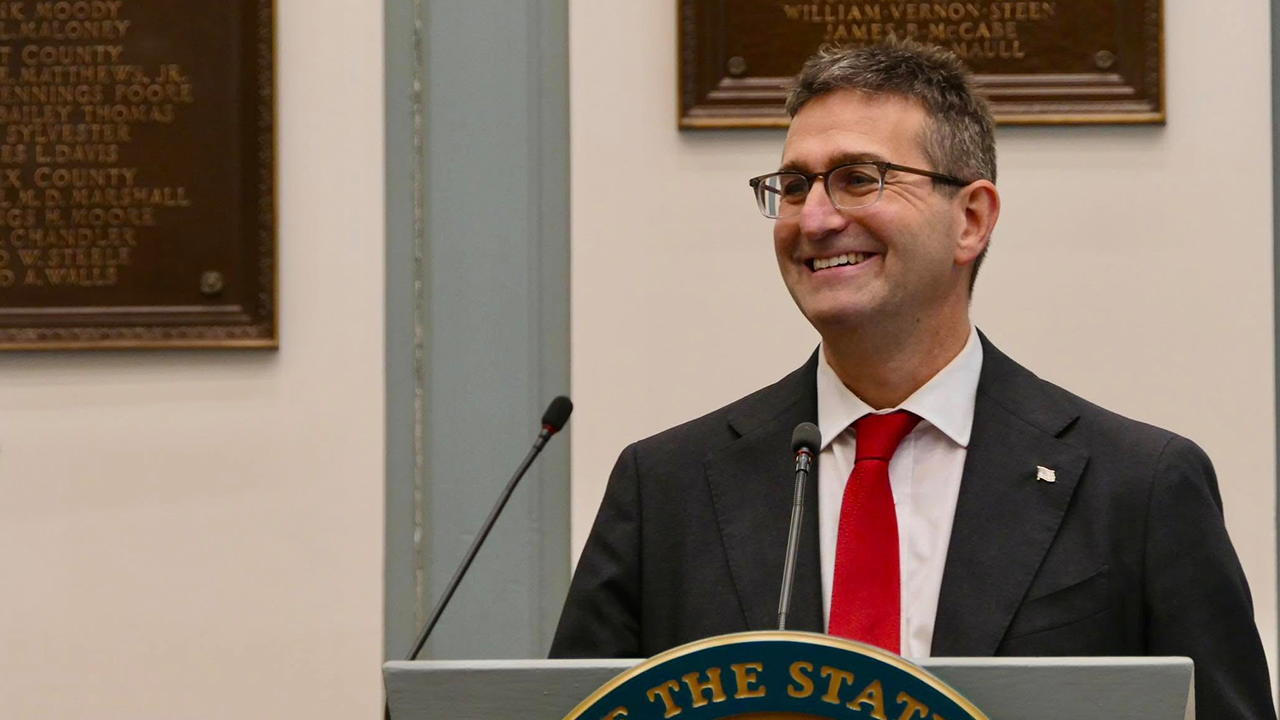Health
FDA Moves Forward With Last-Minute Push to Cut Nicotine Levels in Cigarettes

The Biden administration unveiled a proposal on Wednesday to cut the level of nicotine in cigarettes, a last-minute push on a plan that could meaningfully cut cancer rates nationwide and extend the lives of millions of cigarette smokers.
If finalized, the proposal would require cigarette makers to significantly reduce the levels of nicotine in their products in an effort to make smoking less addictive and less satisfying. Research has suggested that the move would result in fewer people taking up the habit and would help the nation’s roughly 30 million smokers quit or switch to less harmful alternatives like e-cigarettes.
The policy is a centerpiece of antismoking initiatives by Dr. Robert Califf, commissioner of the Food and Drug Administration, who has recounted treating cardiology patients ravaged by smoking during his medical career.
“It’s the biggest thing I’ve ever seen in terms of societal benefit, cost saving and lives saved, and strokes prevented and cancers prevented,” Dr. Califf said.
The policy’s companion effort to ban menthol cigarettes has been set aside indefinitely after vehement opposition from cigarette makers and other opponents, including convenience store retailers.
Whether the nicotine reduction plan would survive the incoming administration of President-elect Donald J. Trump is unclear. Mr. Trump has traditionally been industry friendly and opposed to heavily regulating businesses. In addition, he has had the support of tobacco companies, including Reynolds American, which contributed at least $8 million to Mr. Trump’s main super PAC during the presidential campaign. Reynolds has already expressed its opposition to the proposed requirement.
Mr. Trump’s campaign co-chair and incoming chief of staff, Susie Wiles, is a former lobbyist for Swisher, a company that makes cigars. The rule applies to cigarettes, roll-your-own tobacco, pipe tobacco and cigars (though not premium cigars).
Some public health advocates are holding out hope that the Trump administration will allow the proposal to move forward, given that a previous version was considered by the F.D.A. during his first term. At minimum, officials could continue to allow the public to comment on the initiative without killing it or putting it into effect.
The F.D.A.’s proposal includes projections that by 2100, the nicotine reduction measure would prevent an estimated 48 million young people from starting to smoke. By 2060, the agency also estimates that 1.8 million tobacco-related deaths would be prevented, and that $30 trillion in benefits would accrue over 40 years, mostly from the generation that would not begin smoking.
“We do have an extremely toxic and addictive product with cigarettes that remain on the marketplace, that still kills almost a half a million people a year,” said Dorothy Hatsukami, a tobacco researcher from the University of Minnesota who has studied low-nicotine cigarettes for about 15 years. “So it’s really kind of an unfortunate situation that we haven’t really done anything dramatically about it.”
In 2022, Dr. Califf released an updated proposal to lower nicotine levels, and opposition began to grow almost immediately.
Tobacco companies have viewed the initiative as a major threat to their business. Luis Pinto, a spokesman for Reynolds American, said the proposal would “effectively eliminate legal cigarettes and fuel an already massive illicit nicotine market.”
“These actions would also have a significant negative economic impact on farmers, retailers and others,” he added.
Convenience store retailers have also opposed earlier versions of the proposal, saying they would sustain substantial losses in revenue from a projected decline in cigarette sales.
Congressional Republicans have also tried to thwart restrictions on nicotine levels. In 2023, members of an influential House subcommittee passed a measure that would have prevented the F.D.A. from spending any money to advance limits on nicotine, with nearly all of the supporting votes by Republicans. The Senate did not include the provision in a final budget package.
Still, supporters of the plan point to signs that incoming public health officials may be receptive to it, including to the popularity of Robert F. Kennedy Jr.’s pledge to tackle chronic diseases and improve the health of Americans if he is confirmed to lead the nation’s top health agency. Mr. Trump himself has said that he is personally opposed to cigarette smoking.
“Given these enormous benefits, we urge the incoming Trump administration to move forward in finalizing and implementing this rule,” Yolonda C. Richardson, the president of Campaign for Tobacco-Free Kids, said in a statement. “Few actions would do more to fight chronic diseases such as cancer and cardiovascular disease that greatly undermine health in the United States, and that the incoming administration has indicated should be a priority to address.”

Health
How to Eat Eggs for Weight Loss, According to Doctors

Use left and right arrow keys to navigate between menu items.
Use escape to exit the menu.
Sign Up
Create a free account to access exclusive content, play games, solve puzzles, test your pop-culture knowledge and receive special offers.
Already have an account? Login
Health
4 biggest handwashing mistakes that could increase germs and viruses
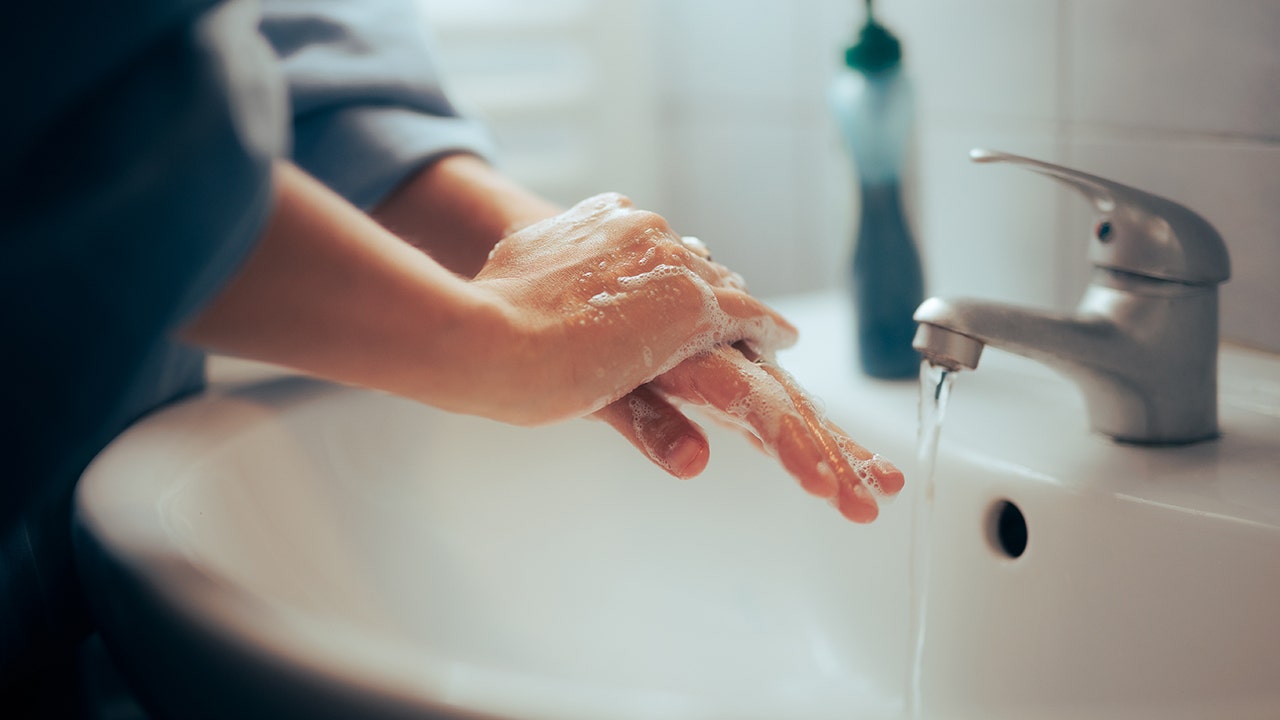
Proper handwashing could save a million lives a year, according to an expert — and yet many people are doing it improperly, often due to misconceptions surrounding the practice.
Doctors recommend washing with soap and water for at least 20 seconds to reduce the spread of infectious diseases.
The NFID 2025 State of Handwashing Report, recently released by the National Foundation for Infectious Diseases, provides details on Americans’ handwashing habits (and mistakes).
WHY YOUR LAUNDRY COULD BE MAKING YOU SICK AND WHAT TO DO ABOUT IT
The report is based on a survey of 3,587 U.S. adults, conducted in November and December 2024 and March 2025.
Robert Hopkins Jr., MD, medical director of NFID in Maryland, spoke to Fox News Digital about what Americans are doing wrong when it comes to handwashing.
1. Only using hand sanitizer
“We have to recognize that there are a number of important infections that hand sanitizers are not effective at preventing,” Hopkins said.
Proper handwashing could save a million lives a year, according to experts. (iStock)
One example is norovirus, a highly contagious stomach virus that is common on cruise ships and is also spread seasonally.
The virus cannot be killed with hand sanitizer, but is “easily destroyed” with soap and water, according to Hopkins.
A COMMON KILLER BUG IS ENDANGERING AMERICANS: ‘PANDEMIC IN PLAIN SIGHT’
Certain viruses are “encapsulated” and can be destroyed with either soap and water or hand sanitizer, the expert said. However, there is also an “unencapsulated” type of virus, which has an outer coat that does not break down from the alcohol in hand sanitizer.
Using soap and water is a more effective way to kill the germs, the doctor noted.
2. Just coughing into your sleeve
When people cough or sneeze into their sleeve, they could still spread germs afterward.
“If you cough into your sleeve … go ahead and wash your hands with soap and water as well,” Hopkins advised.
COMMON MEDICAL TEST LINKED TO 5% OF CANCERS, STUDY SUGGESTS: ‘USE THEM WISELY’
“We also have to recognize that we often bring our hands up close to our face, touch our nose, our glasses, other parts of our face,” noted the doctor, who is based in Arkansas.
“If we have bacteria or viruses on our hands, we can introduce them into our mucous membranes, where we can get infections.”
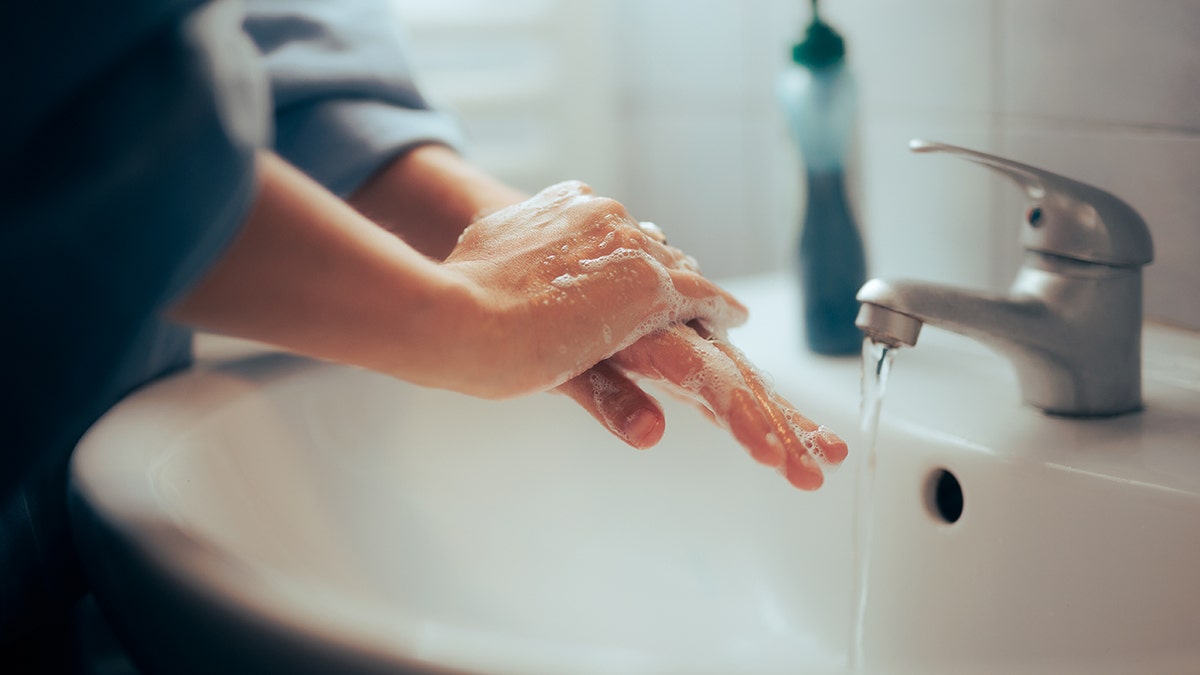
Nearly half of survey respondents admitted to forgetting or choosing not to wash their hands at key times. (iStock)
3. Washing hands more in certain seasons
The NFID report stated that one in four respondents washed their hands more frequently in the fall and winter, when cold and flu are prevalent.
“The seasonal variance is understandable given that some respiratory diseases, including flu and respiratory syncytial virus (RSV), tend to peak during fall and winter,” the report stated.
CLICK HERE TO SIGN UP FOR OUR HEALTH NEWSLETTER
“However, other germs — like those that cause colds, norovirus and other infectious diseases — can spread throughout the year. It is important to maintain proper hand hygiene all year round to help stay healthy.”
4. Not washing hands at critical times
Most adults wash their hands after using the bathroom (69%), handling food (48%) and handling human or animal waste (39%), according to NFID’s report.
“We need to reinforce the importance of this simple tool.”
Only 30% of respondents, however, reported that they are likely to wash their hands after sneezing or coughing.
Nearly half of survey respondents admitted to forgetting or choosing not to wash their hands at key times, like after visiting a grocery store, restaurant, doctor’s office, pharmacy, clinic or hospital.
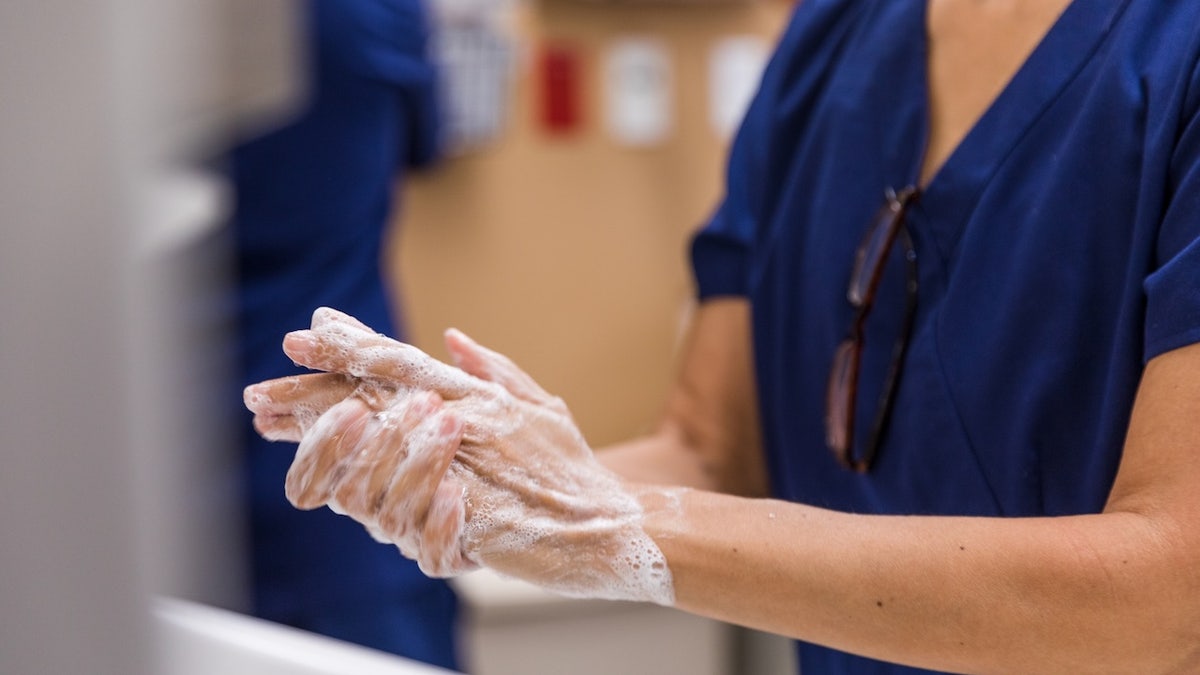
“I think most of the public health campaigns around hand hygiene have been focused on healthcare settings,” a doctor said. (iStock)
“We need to reinforce the importance of this simple tool,” Hopkins said of handwashing.
“I think most of the public health campaigns around hand hygiene have been focused on healthcare settings,” he added.
Regarding handwashing as a practice in general, Hopkins emphasized, “We need to bring this back into the fold.”
For more Health articles, visit www.foxnews.com/health
“If everybody washed their hands more consistently, we could probably save somewhere in the neighborhood of a million lives a year.”
Health
Prayer Walks Boost Weight Loss + Inner Peace: One Woman Lost 359 Lbs!

Use left and right arrow keys to navigate between menu items.
Use escape to exit the menu.
Sign Up
Create a free account to access exclusive content, play games, solve puzzles, test your pop-culture knowledge and receive special offers.
Already have an account? Login
-

 Education1 week ago
Education1 week agoA Professor’s Final Gift to Her Students: Her Life Savings
-

 Politics1 week ago
Politics1 week agoPresident Trump takes on 'Big Pharma' by signing executive order to lower drug prices
-

 Culture1 week ago
Culture1 week agoTest Yourself on Memorable Lines From Popular Novels
-

 News1 week ago
News1 week agoAs Harvard Battles Trump, Its President Will Take a 25% Pay Cut
-

 Education1 week ago
Education1 week agoHarvard Letter Points to ‘Common Ground’ With Trump Administration
-

 Culture1 week ago
Culture1 week agoBook Review: ‘Original Sin,’ by Jake Tapper and Alex Thompson
-

 News1 week ago
News1 week agoWhy Trump Suddenly Declared Victory Over the Houthi Militia
-

 News1 week ago
News1 week agoAustin Welcomed Elon Musk. Now It’s Weird (in a New Way).







